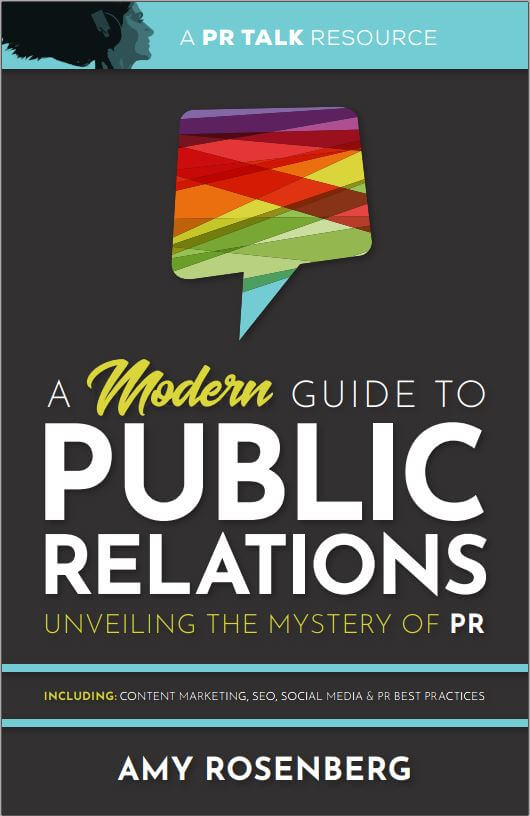I recently found myself buying into the hype of terms like “online PR” and “social PR,” building a list of those in charge of news organizations’ websites or social media channels. What a novel idea! If all I wanted was to land a story on the website or Facebook page of a newspaper or radio/TV station, I could save a huge chunk of time by side-stepping the reporters.
Let’s be honest. Working with reporters can be hard at times. There is still work to be done even after you’ve put just the right combination of wittiness, newsworthiness and timeliness into a story. There is the following up. And following up. And following up. Hitting send in Outlook, Tweet in Twitter or Like in Facebook just isn’t enough. I hardly ever land a story without picking up the dreaded telephone.
But is all of that legwork necessary for the client that’s only after prized links from credible news organizations? Understandably, many clients are only interested in PR as a means to build their SEO. Links from news sites are an SEO’s gold. They are lasting and strong—and truly build a website’s organic SEO. Moreover, Google is getting too smart for the likes of news distribution sites. Not only does spamming the universe with press releases not cut it anymore, it can actually hurt your SEO. But don’t cry over that loss because did it ever get you on sites like NBC or the New York Times?
Now that we are back to square one, why not cut out the middle man and go directly to the source—the powerful being that is in charge of the news organization’s website or social media? Working with that person might be easier because they probably pay more attention to their in-box and might be a bit more savvy in matters like downloading images and incorporating the links you’d want in a story.
However, every time I go down that route I am reminded there really is no such thing as “online” PR. The website content managers do act in an editorial capacity, however they are basically culling through all of their reporters’ completed stories and choosing which ones will make it on the website. Actually most stories will make it on the website, so the website manager’s job might be more focused on how to position each story online.
You might be able to sneak some stories in through the backdoor, but it is rare. More often than not, the way to go about it is by pitching the reporters. If the story is of interest, but not newsworthy enough to make it into the traditional medium, it has a shot of making it into the website through the reporter’s blog. Let’s not forget, some reporters now have huge online followings. So you’d rather have the reporter post it instead of the general webmaster who might not have a following at all.
Now websites serve as an extension—or sometimes even replacement—of the traditional news organization’s main product. If you’ve landed a story in the traditional medium, you are that much closer to getting it online or on the organization’s social media channels. Track your story to make sure. If it does not hit cyberspace, this is when you need to contact your new webmaster or social media friends. You might have to pick up the phone.
![]() Images used under this Creative Commons License.
Images used under this Creative Commons License.









